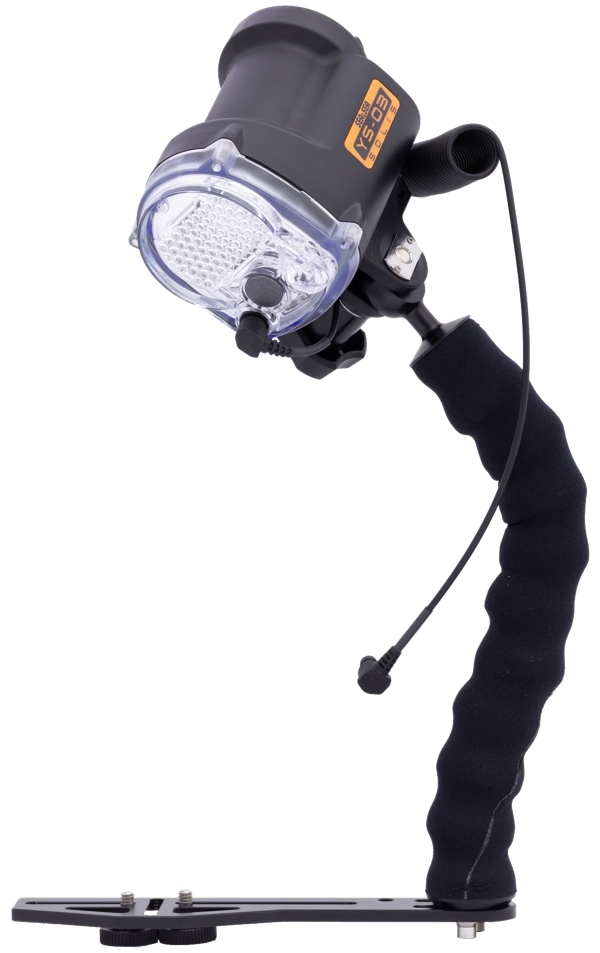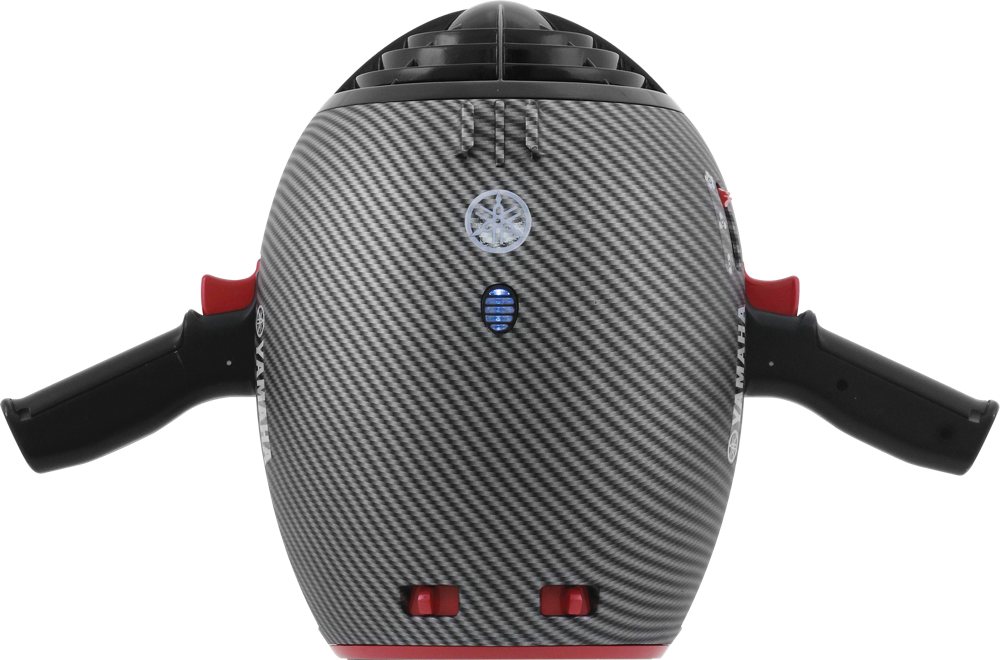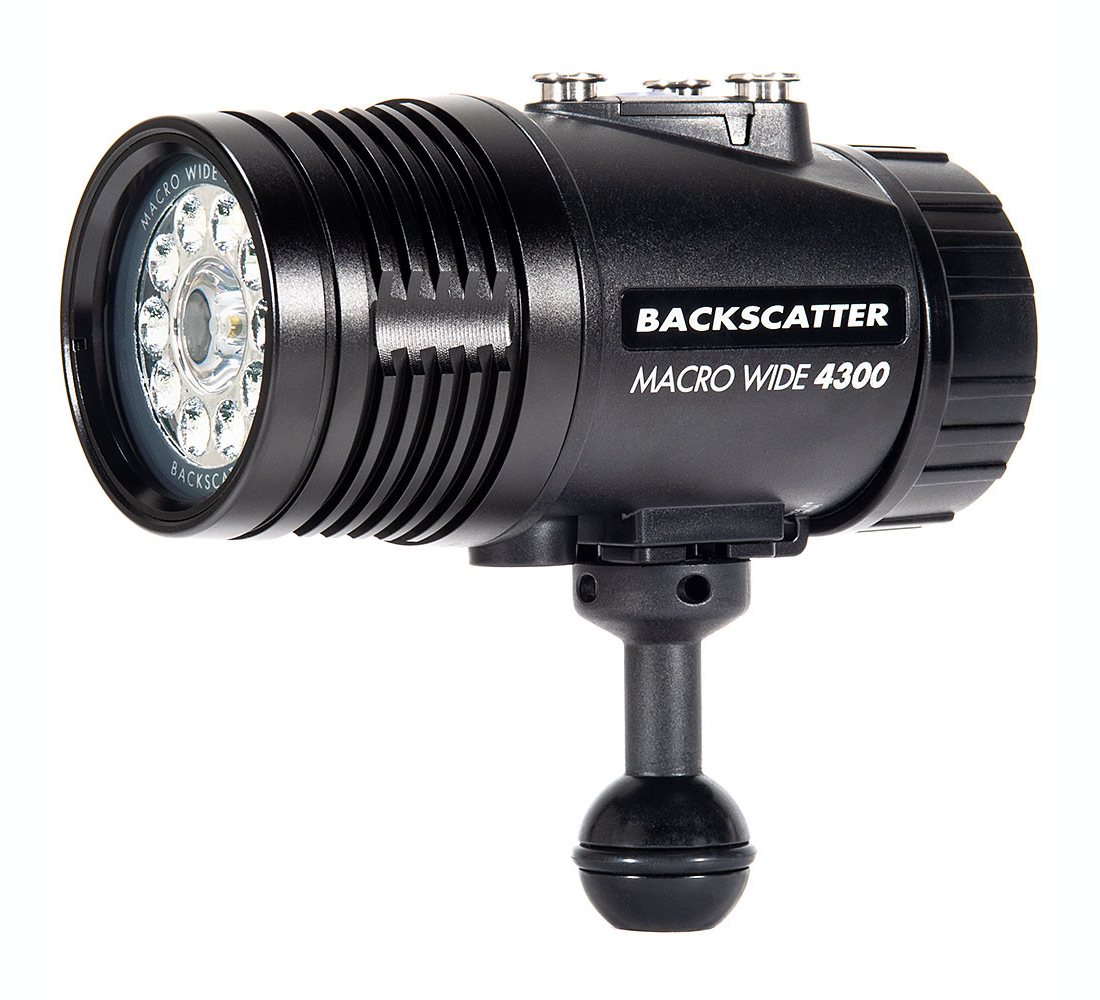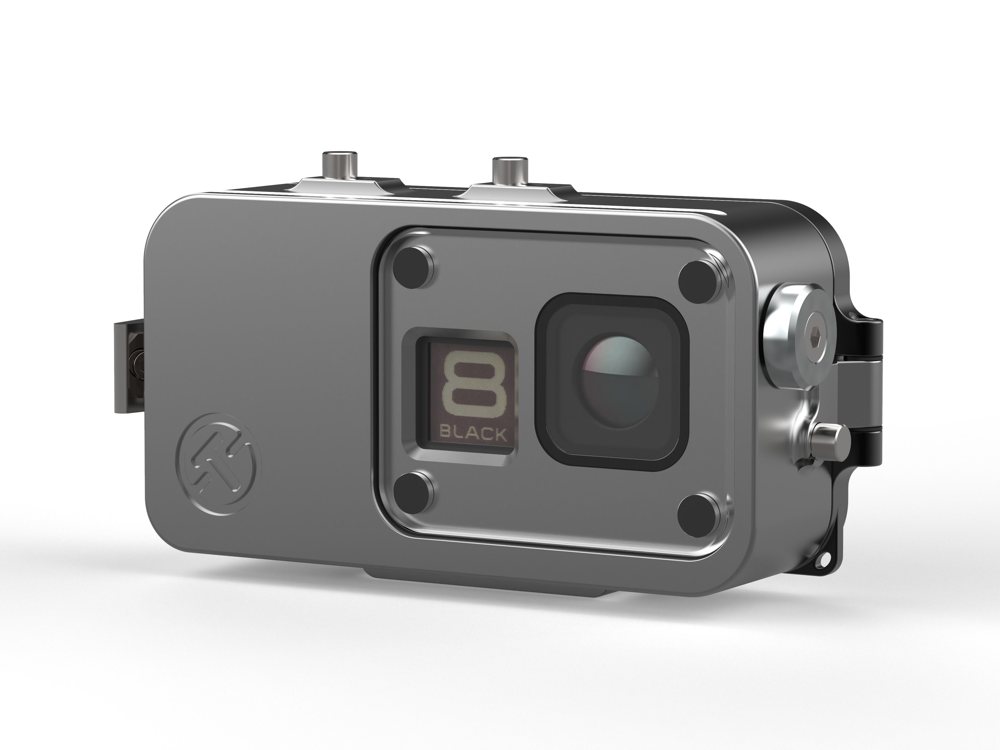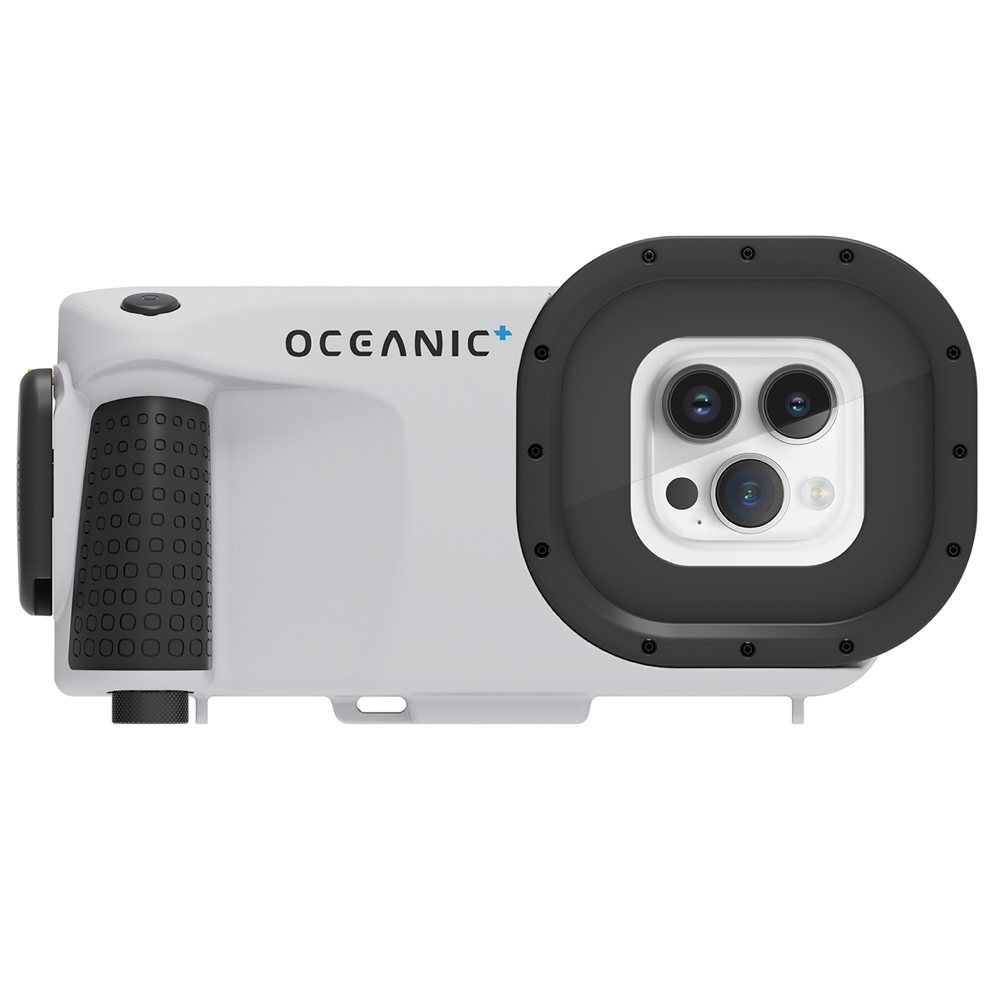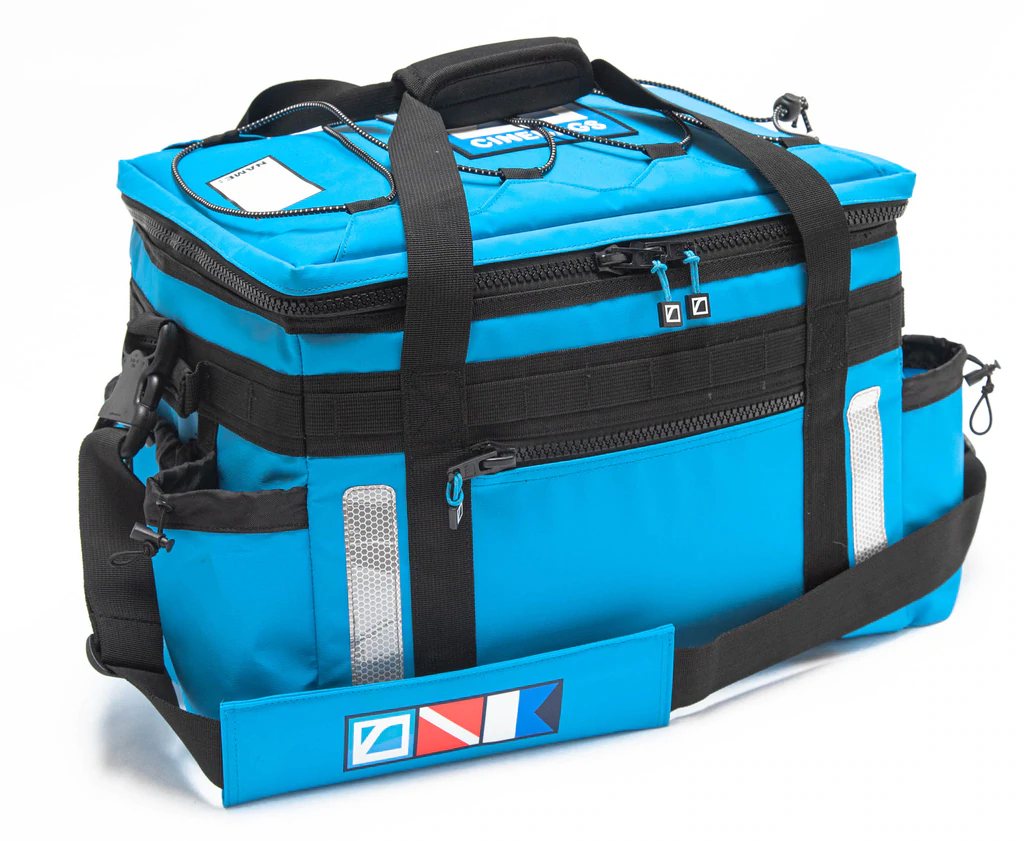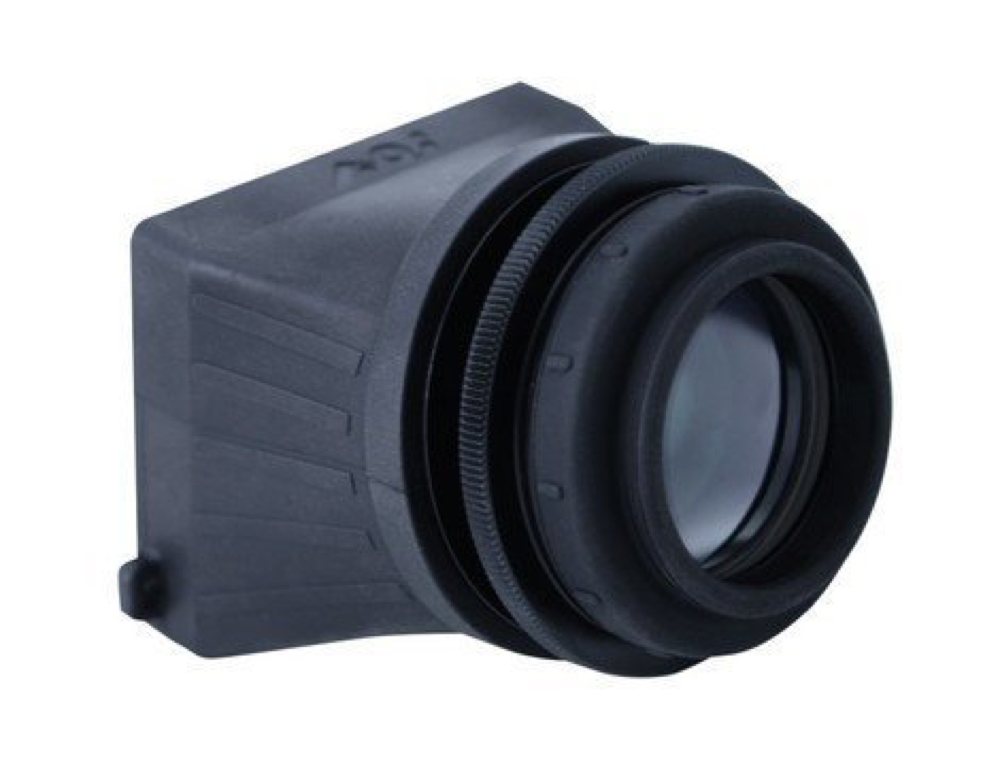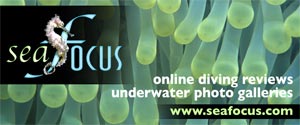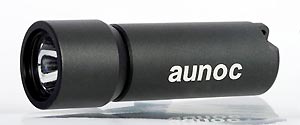- Home
- Directory
- Shop
- Underwater Cameras - Photographic Accessories
- Smartphone Housings
- Sea Scooters
- Hookah Dive Systems
- Underwater Metal Detectors
- Dive Gear
- Dive Accessories
- Diving DVD & Blu-Ray Discs
- Diving Books
- Underwater Drones
- Drones
- Subscriptions - Magazines
- Protective Cases
- Corrective Lenses
- Dive Wear
- Underwater Membership
- Assistive Technology - NDIS
- On Sale
- Underwater Gift Cards
- Underwater Art
- Power Stations
- Underwater Bargain Bin
- Brands
- 10bar
- AOI
- AquaTech
- AxisGo
- Backscatter Underwater Video and Photo
- BLU3
- Cayago
- Chasing
- Cinebags
- Digipower
- DJI
- Dyron
- Edge Smart Drive
- Eneloop
- Energizer
- Exotech Innovations
- Fantasea
- Fotocore
- Garmin
- Geneinno
- GoPro
- Hagul
- Hydro Sapiens
- Hydrotac
- Ikelite
- Indigo Industries
- Inon
- Insta360
- Intova
- Isotta Housings
- Jobe
- JOBY
- Kraken Sports
- LEFEET
- Mirage Dive
- Nautica Seascooters
- Nautilus Lifeline
- NautiSmart
- Nitecore
- Nokta Makro
- Oceanic
- Olympus
- OM System
- Orca Torch
- Paralenz
- PowerDive
- QYSEA
- Scubajet
- Scubalamp
- Sea & Sea
- SeaDoo Seascooter
- SeaLife
- Seavu
- Shark Shield
- Sherwood Scuba
- Spare Air
- StickTite
- Sublue
- Suunto
- SwellPro
- T-HOUSING
- Tusa
- U.N Photographics
- Venture Heat
- XTAR
- Yamaha Seascooter
- Youcan Robot
Palau - sharks, walls, caves and jellyfish…
Contributed by Tim Hochgrebe
Story by Sigfried Gudergan & Tim Hochgrebe - Photos & Video by Tim Hochgrebe
 Travelling
to Palau was not as easy as we would have liked as we couldn't get direct flights
from Australia. Although this was a pretty long journey, it proved a very worthwhile
one as diving Palau is just fantastic.
Travelling
to Palau was not as easy as we would have liked as we couldn't get direct flights
from Australia. Although this was a pretty long journey, it proved a very worthwhile
one as diving Palau is just fantastic.
In hindsight, our stopovers weren't all that unpleasant. This seems even less of an issue when thinking about the long journey the English Captain Henry Wilson had been on when his vessel was shipwrecked near the islands of Palau in 1783; this was the Palau's first contact with foreigner. Since then many others have explored the islands and Palau received its current name from Germany, which bought the islands in 1899 from Spain.
One of the remains of that time is the 'German Channel'. During the Palau occupation
from 1899 - 1914, Germans blasted through the reef to create a channel for freight
ships. 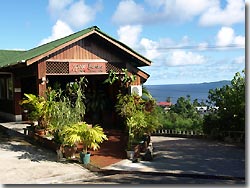 Today,
this middle of channel is very shallow but the edges have become a popular dive
site due to its Manta feeding station.
Today,
this middle of channel is very shallow but the edges have become a popular dive
site due to its Manta feeding station.
Fish 'n Fins organised our land base for exploring Palau, the Rose Garden Resort. The air-conditioned timber cottage is situated on top of the hill amongst lush tropical gardens. Our private balcony was excellent for the occasional cold beer at the end of the day, while enjoying the wonderful views over the islands of the Palau archipelago.
The resort and our dive operator Fish'n Fins made our own explorer life somewhat
easier than it would have been in the late 18th and 19th centuries. Following
a warm welcome every morning and a relaxed breakfast at the resort's Rainbow
View Restaurant, Fish'n Fins picked us up to either go diving or explore the
island. To be honest, the land based sights are reasonably limited and 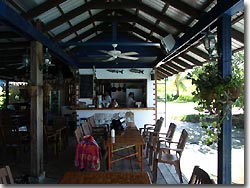 Korror
is not a real tourist town, however you can find dense jungle around the island
and abundant bird life including the beautiful White-Tailed Tropic Bird "Dudek"
(Phaethon lepturus) which is about 40 cm long or 80 cm if you include
its amazing tail feather. But we came to dive of course, and diving is what
Palau is all about.
Korror
is not a real tourist town, however you can find dense jungle around the island
and abundant bird life including the beautiful White-Tailed Tropic Bird "Dudek"
(Phaethon lepturus) which is about 40 cm long or 80 cm if you include
its amazing tail feather. But we came to dive of course, and diving is what
Palau is all about.
Fish'n Fins are one of the three biggest dive shops on Palau, but overall there are supposed to be around 50. Fish'n Fins' operation is very organised - they live by their philosophy of making life better: our lives, by offering high quality diving at great sites with friendly, knowledgeable and mostly local guides; and the lives of the people of Palau by focussing on the sustainability of this industry in Palau and the underwater environment surrounding it.
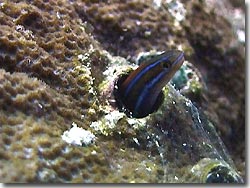 They
make a big point of leaving no rubbish behind and all lunches - which by the
way are awesome - are handed out in proper lunch boxes that get collected at
the end of the day, washed and used again the next day. Your Fish'n Fins water
bottle gets your name and stays yours for the duration of your stay, which also
makes for a great souvenir. A practice we would love to see taken up by dive
operators across the globe. Although being one of the larger employers in Palau,
Fish'n Fins has retained a very personal touch. We always returned from diving
to interesting chats with the owners, Tova or Navot, who love to provide further
insights about Palau and our diving experiences.
They
make a big point of leaving no rubbish behind and all lunches - which by the
way are awesome - are handed out in proper lunch boxes that get collected at
the end of the day, washed and used again the next day. Your Fish'n Fins water
bottle gets your name and stays yours for the duration of your stay, which also
makes for a great souvenir. A practice we would love to see taken up by dive
operators across the globe. Although being one of the larger employers in Palau,
Fish'n Fins has retained a very personal touch. We always returned from diving
to interesting chats with the owners, Tova or Navot, who love to provide further
insights about Palau and our diving experiences.
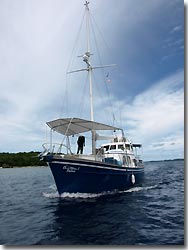 Most
dive sites are quite a distance from Korror, which is why the dive boats around
Palau are fast ... very fast! When the weather is great, speeding through the
majestic rock islands on your way to the dive site is an amazing start to the
day - of course when it rains, you better hide. Fortunately, the weather is
never cold and the water temperature is always in the high 20's (˚C).
Most
dive sites are quite a distance from Korror, which is why the dive boats around
Palau are fast ... very fast! When the weather is great, speeding through the
majestic rock islands on your way to the dive site is an amazing start to the
day - of course when it rains, you better hide. Fortunately, the weather is
never cold and the water temperature is always in the high 20's (˚C).
After several days of diving on the day boats, an opportunity arose where we
could spend 4 days onboard Fish'n Fins' exclusive Ocean
Hunter I - a liveaboard that takes only 6 guests. If you like great food,
ensuite cabins, friendly staff, sleeping amidst the rock islands of the Palau
archipelago, as well as fantastic diving, then Ocean Hunter I is the right choice
for you - may I say Wahoo sashimi!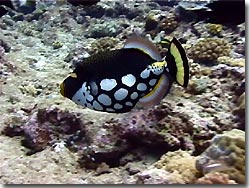
The great thing about liveaboard diving around Palau is that you can beat the 'day boat crowd' to the busier dive sites like Blue Corner, which due to its world class reputation can get quite crowded, especially in peak season. Ocean Hunter I is the smallest of the family of three liveaboards that Fish'n Fins operate (with the new Ocean Hunter III - operating from April 08).
Palau has many outstanding dive sites with great drop offs and walls. The Big Drop Off, also called Ngemelis Walls is one of the best wall dives in Palau. With healthy reefs and a fantastic diversity of other marine life, there is something for every kind of diver.
As most wall dives go you swim with a comfortable current that runs along the
wall and get picked up when your bottom time runs out - very relaxing indeed.
As you go descend you can enjoy beautiful sea fans, which get larger the deeper
you go. 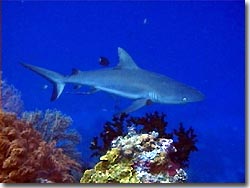
The wall also has great barrel sponges and rope sponge formations. A resident Napoleon wrasse will greet you at this site, amazingly curious and friendly, we've had a lot of fun with it (see movie clip). Schools of Sergeant Majors, parrotfish and scores of Pyramid Butterflyfish everywhere. Ascending to the shallower waters, to watch anemones and their symbionts the anemonefish and schools of other beautiful fish make this a truly fantastic dive.
Close by, New Drop Off is full of shark and barracuda action making this 6
to 36 metre dive very, very interesting. In addition, Napoleon wrasse, sea turtles
and eagle rays seem very common too. This site is also called 'West Ngemelis
Wall' and generally has great visibility. With a steep drop-off starting between
5 and 10 metres and with intense current, this drop-off is one of the bottomless
dives, so you better keep an eye on your gauges. Drift past schools of Blue
Stripe 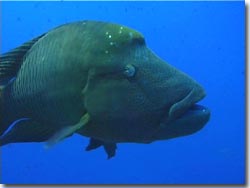 Snapper
and larger Grey Snappers, beautiful coral fans and soft corals. Hundreds of
one of my favourite fish, the Redtooth Triggerfish, can be seen dancing in the
waters on many of these exciting wall dives.
Snapper
and larger Grey Snappers, beautiful coral fans and soft corals. Hundreds of
one of my favourite fish, the Redtooth Triggerfish, can be seen dancing in the
waters on many of these exciting wall dives.
Everybody has heard about Blue Corner - it must be on every single top10 dives of the world lists I have ever seen. And it delivers. A truly fantastic dive site with phenomenal fish action: Grey Reef Sharks and other larger sharks, sea turtles, groupers, schools of barracuda, snapper, Napoleon wrasses and Bumphead Parrotfish. With the main plateau at 12-15 metres, the dive continues to 40 metres. Cuts in the wall have immense gorgonian sea fans and feathery black coral trees. But the best way of seeing all the action is to just 'hook in' with your reef hook and fly-hover above the in or outgoing edge in the current. Watching the big sharks, giant trevallies and plenty more action hooked in like that is truly mesmerizing.
One of my personal favourites, the nearby Blue Holes consists of four vertical shafts that open on top of the reef flat near Blue Corner. The shafts lead through gigantic caverns to the outer reef wall. You start the dive by descending into one of the holes, and after exploring the inside of the caverns for a bit with its disco clams, crays and other cool critters you look out towards the reef wall making out silhouettes of sharks cruising past the entrance.
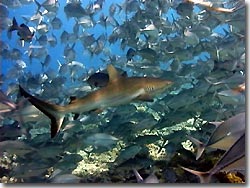 Coming
out following the wall you eventually end up back at Blue Corner. A great dive!
One day was particularly memorable when we arrived at the reef plateau and I
made out a Grey Reef shark cruising in and out of a big school of Big Eye Trevallies
or Jacks (see movie clip). The trevallies didn't enjoy that at all and kept
grouping up to chase the shark out of their group of friends. I was filming
right in the middle of the fish ball totally stunned by the beauty of this encounter.
One of those dives where you just don't want to come up ...
Coming
out following the wall you eventually end up back at Blue Corner. A great dive!
One day was particularly memorable when we arrived at the reef plateau and I
made out a Grey Reef shark cruising in and out of a big school of Big Eye Trevallies
or Jacks (see movie clip). The trevallies didn't enjoy that at all and kept
grouping up to chase the shark out of their group of friends. I was filming
right in the middle of the fish ball totally stunned by the beauty of this encounter.
One of those dives where you just don't want to come up ...
Being on a liveaboard also gives you the flexibility to go a bit off the beaten track and part of the normal one week itinerary is a trip to Peleliu's southern tip where the waters of the Phillipine Sea and the South Pacific merge. The reef drops here to about 300 metre from a beautiful and shallow shelf and this wall is covered in corals and fantastic fish life wherever you look. Of course there are plenty of sharks and this area is know for its abundance of turtles.
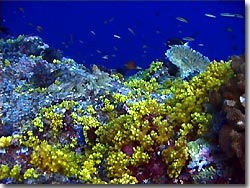 In
the same area are Yellow Wall and Peleliu Expressway. Yellow Wall gets its name
from the millions of tube coral polyps that blossom in the current and make
the outer reef wall look golden yellow. This wall makes a fantastic drift dive.
A good starting point for the dive is an arch which is covered with yellow polyps.
In
the same area are Yellow Wall and Peleliu Expressway. Yellow Wall gets its name
from the millions of tube coral polyps that blossom in the current and make
the outer reef wall look golden yellow. This wall makes a fantastic drift dive.
A good starting point for the dive is an arch which is covered with yellow polyps.
You can drift in the current or have a shallow, relaxed dive in the coral gardens.
Peleliu Expressway is a major drift dive between 18 and 40 metre.
As a site that is exposed to very strong currents there is less coral growth. However, the fish action which we witnessed on this dive was impressive. Another one of my big highlights was seeing a sailfish cruising past in the big blue, another rare encounter ticked off the list - been there, done that ...
These are just a few of the dives we did, and there were so many thing we didn't manage to see in our 8 days of diving. There are countless WWII wrecks to explore for those that love to chase history - plenty of wrecks are believed to still lie undiscovered and Fish'n Fins is holding an annual Wrexpedition devote to just diving these historic treasure troves.
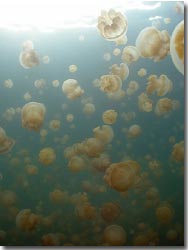 You
cannot visit Palau without participating in a very unique experience - snorkelling
the Jellyfish Lake. It was so amazing, we went twice. The lake that visitors
are allowed to go to is the southern lagoon on Mecherchar Island and is one
of approximately 70 marine lakes scattered throughout the rock islands of the
Palau archipelago.
You
cannot visit Palau without participating in a very unique experience - snorkelling
the Jellyfish Lake. It was so amazing, we went twice. The lake that visitors
are allowed to go to is the southern lagoon on Mecherchar Island and is one
of approximately 70 marine lakes scattered throughout the rock islands of the
Palau archipelago.
The lake is home to possibly millions of golden jellyfish (Mastigias papua). Swimming and snorkelling in the lake differs very much from the marine life that one encounters on a typical dive in Palau and provides a very unique and refreshing experience.
A common myth states that these jellyfish are stingless, a condition said to have evolved uniquely in this lake as the jellyfish gradually grew to depend solely upon their symbiotic algae for energy. However, just like jellyfish everywhere, the golden jellyfish sting as well. Swimming through them is still a very safe experience as the sting of the golden jellyfish is undetectable for most people, except on sensitive tissue like lips. The feeling of being a visitor to an eco-system so amazingly surreal is something that can hardly be put into words, it is something to be experienced by yourself. This adventure is a great plan for the afternoon of the day before you fly out so you won't expend valuable diveable hours ...
Overall diving was exciting and truly world-class and Palau is one of those
places that would be a must on every serious divers' list - and then remain
on that list to come back again.
Palau quick facts:
- The population of Palau is approximately 21,000, of whom 70% are native Palauans.
- Getting there: Currently international travellers arrive via Manila, Taipei or Guam. Continental Airways flies from Cairns direct to Guam.
- Other bits: Local currency is U$. Driving is on the right and the speed limit is 40 km/h (25 mph). Food is very mixed and naturally there is fantastic seafood as well as some local dishes (a tip, don't eat the fruit bat ...)
Photogallery
Video Gallery
Shopfront
-
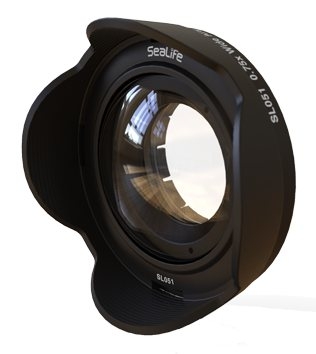 SeaLife 0.75x Wide Angle Conversion Lens
SeaLife 0.75x Wide Angle Conversion Lens
- Price A$ 299.00
-
 Inon UCL-G55 SD Underwater Close-up Lens
Inon UCL-G55 SD Underwater Close-up Lens
- Price A$ 529.00
-
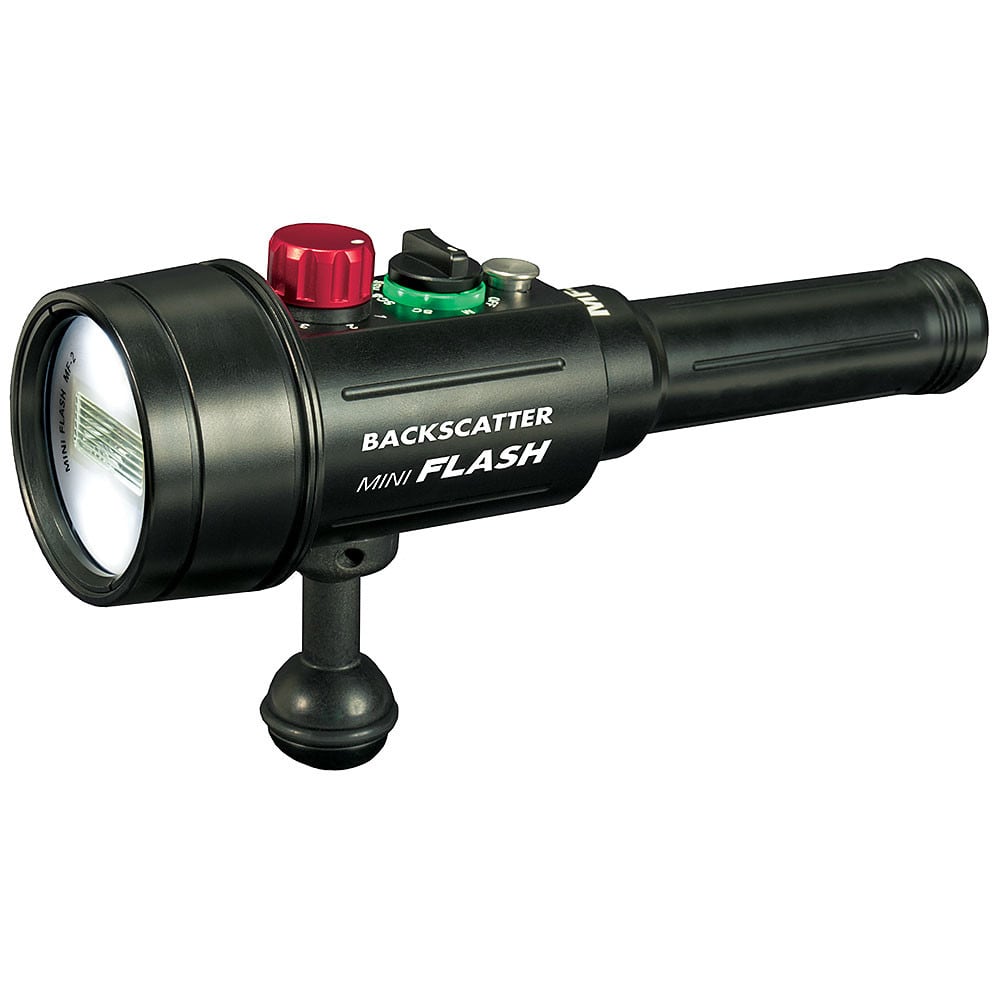 Backscatter Mini Flash 2 Underwater Strobe MF-2
Backscatter Mini Flash 2 Underwater Strobe MF-2
- Price A$ 715.00
-
 Insta360 X4 8K 360 Action Camera
Insta360 X4 8K 360 Action Camera
- Price A$ 869.00
-
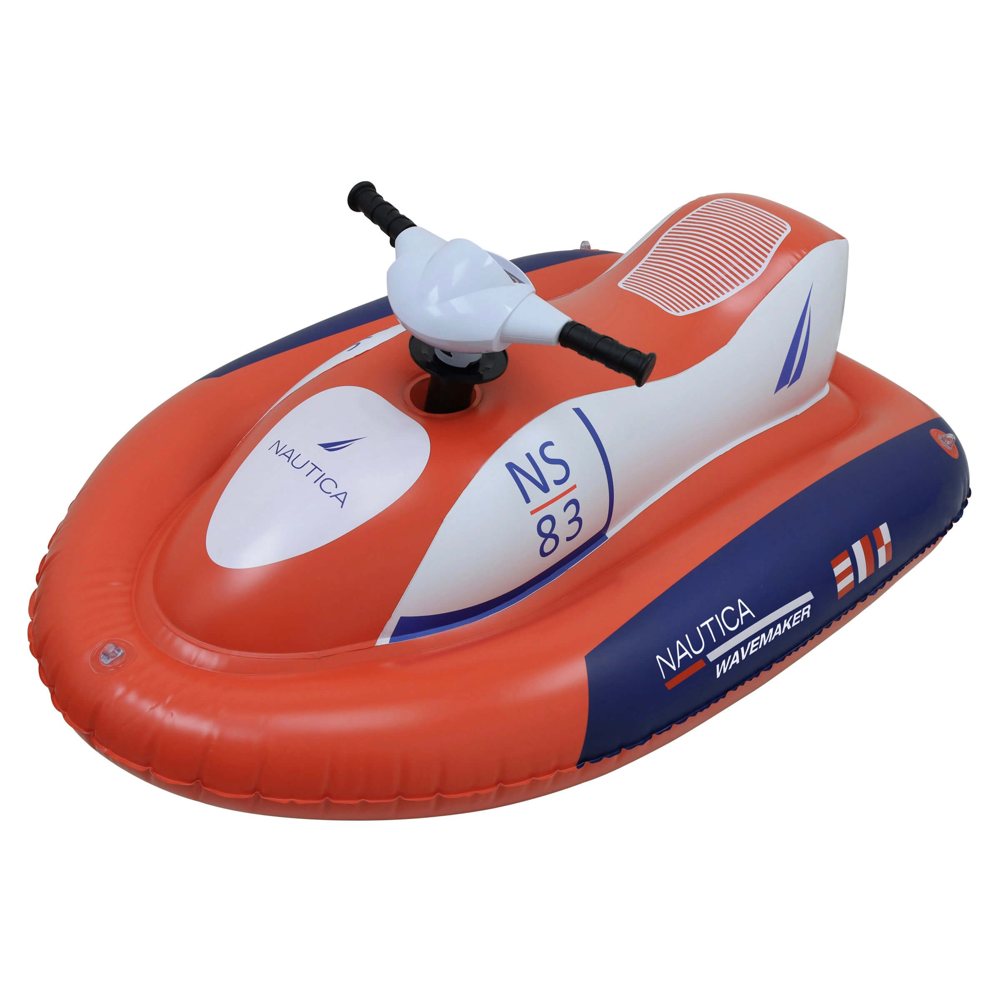 Nautica inflatable Jet Ski Wavemaker
Nautica inflatable Jet Ski Wavemaker
- Price A$ 499.00
-
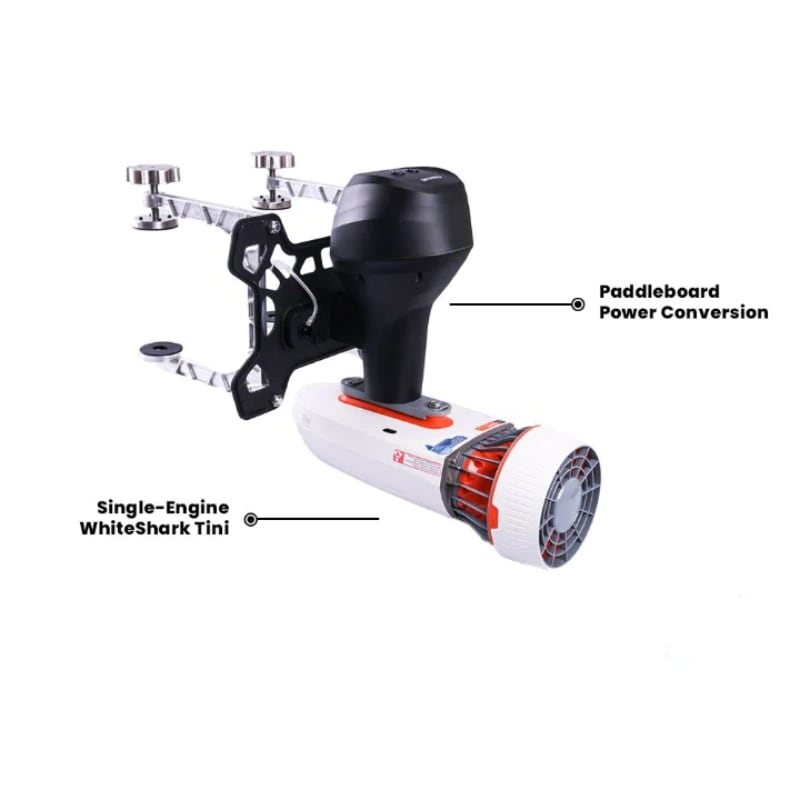 Sublue Paddleboard Power Conversion Kit
Sublue Paddleboard Power Conversion Kit
- Price A$ 599.00
-
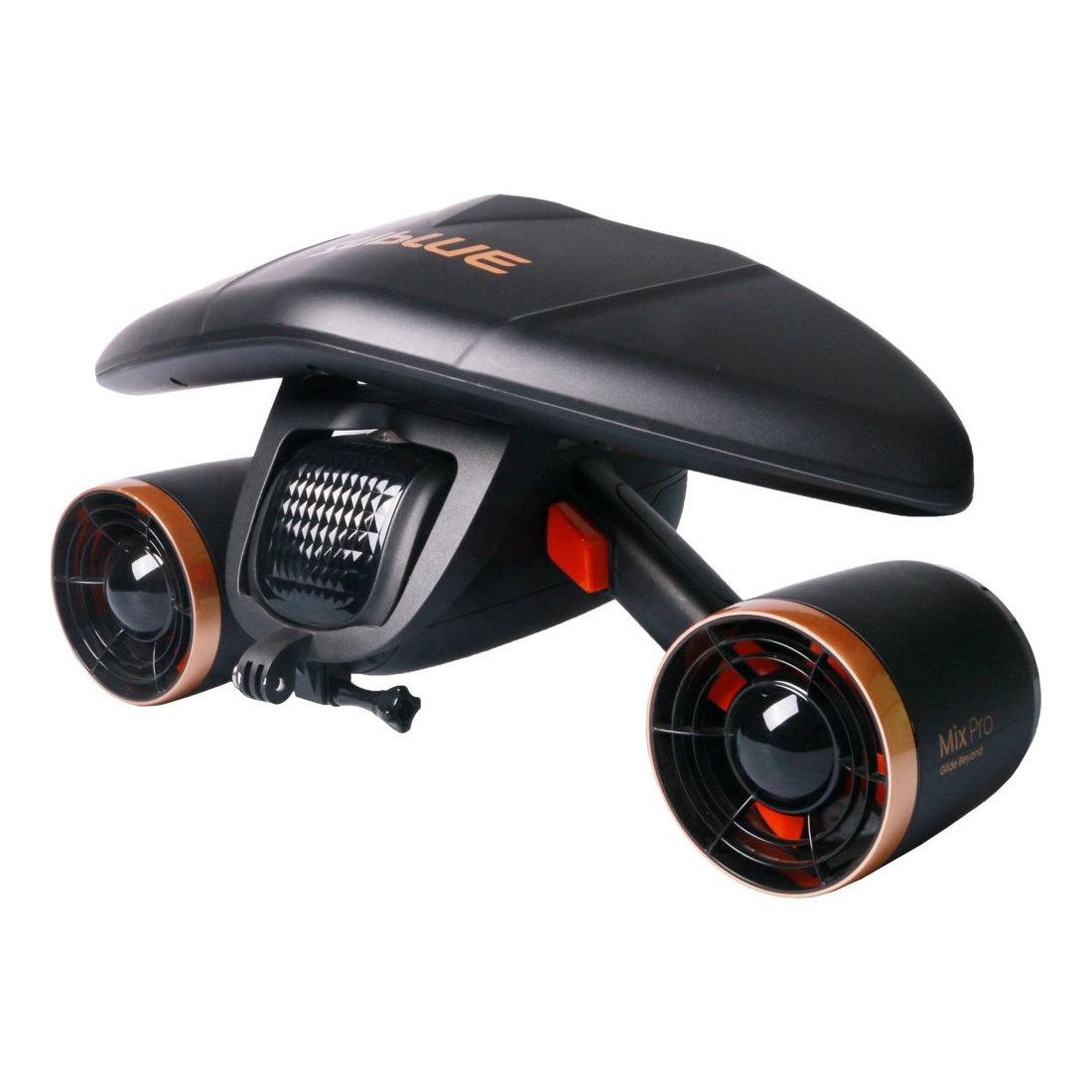 Sublue Whiteshark MixPro - Underwater Scooter
Sublue Whiteshark MixPro - Underwater Scooter
- Price A$ 1,199.00
-
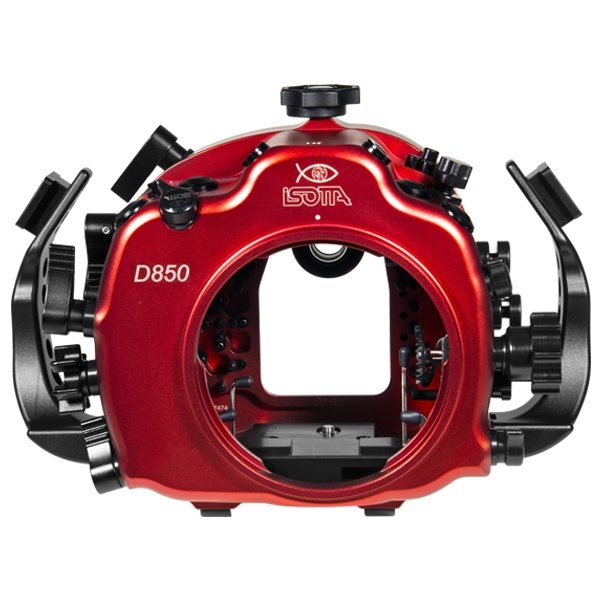 Isotta Underwater dSLR Camera Housings
Isotta Underwater dSLR Camera Housings
- Price A$ 4,899.00
In the Directory



